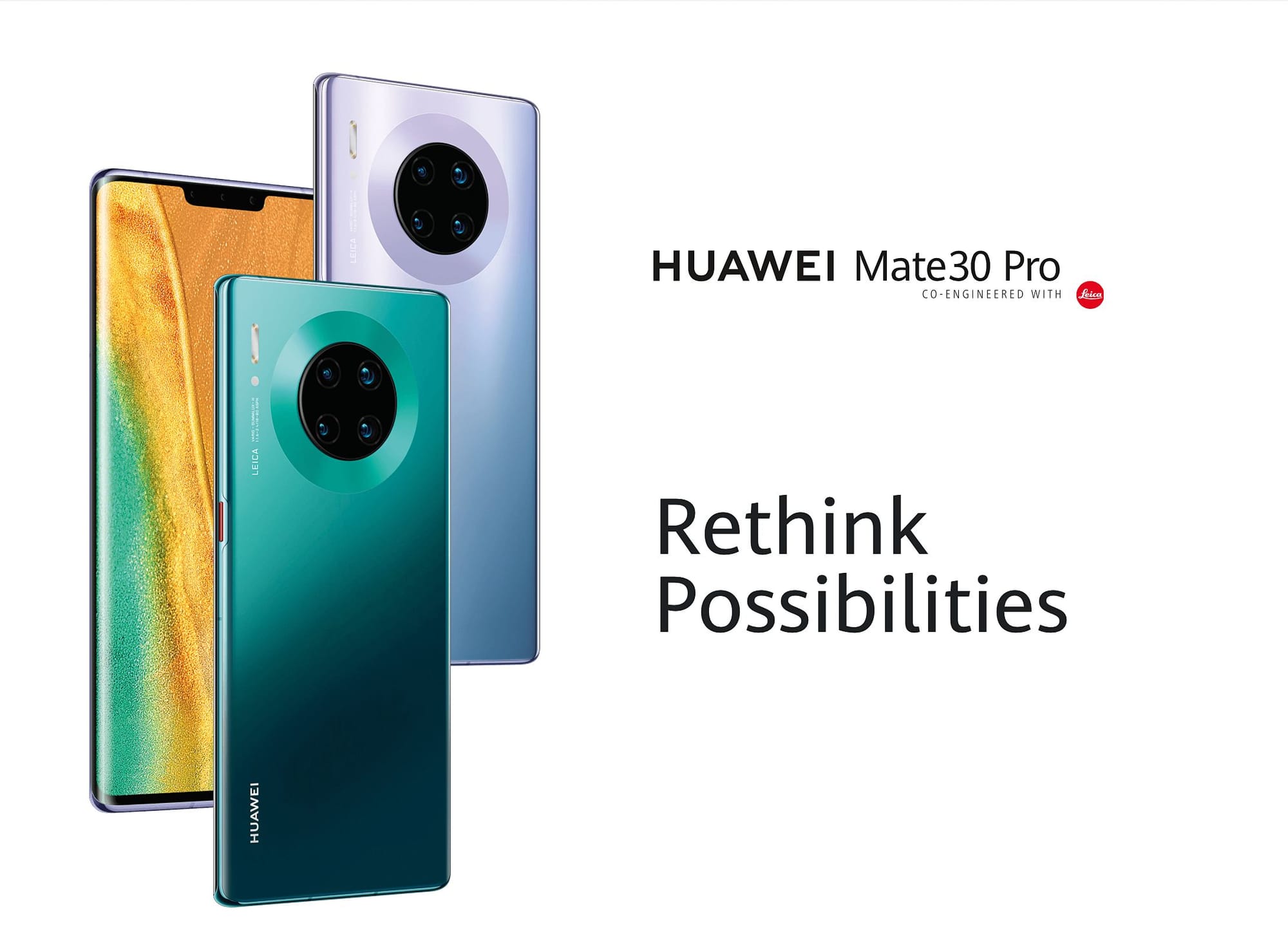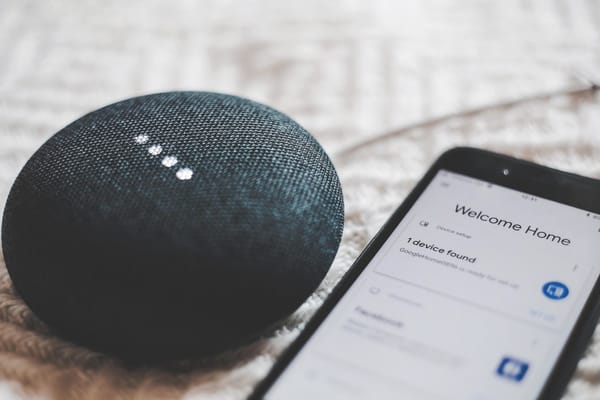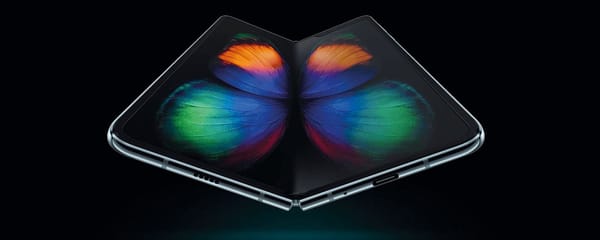The Huawei Ban
Surviving the Android Market Without Google Services

Sci-fi based movies and television series often show a person or a group of people in their mid to late 20s cut off power to an entire city by hacking into a power grid or steal data from a ‘target’ by hacking their internet connected devices. A well-known example of this is CW’s “The Flash”, where satellites, communication systems, data centres, power grids, and security equipment are hacked into on a regular basis. Another example, well known in the gaming community, is Watchdogs, a game where you can trigger explosives, control traffic lights, hack bank accounts and personal information, and even jam cellphone networks all through a few taps on a smartphone. This may seem thrilling, dramatic, or even ‘awesome’ at times in context of the series, video game, or movie, but it is, in actuality, a very serious concern.
With data being the world’s most valuable resource, it’s no surprise that there has been a huge surge in the number of cyber attacks all around the world over the past decade. Even the new Disney+ service, which launched under a week ago, saw its user base hacked within a few days of launch. Furthermore, in 2011, Sony’s playstation network was hacked, and the personal data (including credit card information) of more than 77 million users was leaked. This cost Sony more than 15 million dollars in compensation and legal fees. These examples show how even the biggest of companies are susceptible to malicious attacks and why cyber security plays a critical role as we head into the future.

In the past year, you might have noticed a lot of companies place an increased emphasis on the privacy and security of their users’ personal data. From Apple introducing its secure “Sign in with Apple” feature to Facebook announcing “The Future is Private” at its annual F8 conference in May, it’s clear that companies are, in some ways, trying (and often failing) to protect their users’ data from theft. Oftentimes, companies themselves exploit the personal data of their user base to ‘improve’ the customer experience. A more recent example of this is Amazon’s admittance of using human staff to analyse and grade short recordings of users’ interaction with Alexa, Amazon’s virtual assistant. These human generated reports are used to improve the speech recognition and natural language processing capabilities of Alexa as a platform. Amazon claims that the recordings cannot be traced back to the user and that there are strict measures in place to safeguard privacy, but it’s still eerie and unsettling to know deep down that someone somewhere is listening in on you.
On a much larger scale, more than people, governments possess highly sensitive, classified information and have to ensure that their facilities follow strict security protocols to avoid being tapped into by the wrong people. This brings cyber-warfare, or large scale digital attacks between different nations, into the story. With countries around the world accumulating a massive amount of intelligence on each other, it’s only a matter of time before one of them uses it for economic benefit through means of hacking or blackmail.
In addition, if these attacks are used to disrupt military activities or to accumulate strategic information on a country’s assets or plans, then it could prove fatal when used in physical warfare. Thus, to protect civilians and to ensure peace, governments around the world have taken several cautious security measures to safeguard their confidential information.
One such measure was U.S. President Donald J. Trump’s move to ban U.S. based companies from working with Huawei through a national security order. Huawei, the Chinese telecom giant and one of the world’s largest smartphone manufacturers took a hefty blow following the order as it was cut-off from Google’s android platform and services ecosystem. This, in fact, meant that Huawei was cut at its knees just when it reached the top of the tech market. In effect, the tech community seemed as if it lost a valuable player in the smartphone space.
Huawei caters to all three groups of the smartphone market: high-end or flagship, mid-range, and budget (through its sub-brand Honor). Without further major software updates from Google, this ban effectively affects consumers in all three categories. However, the US government has eased restrictions, so US-based businesses are allowed to continue their operations with Huawei to abate the disruption on consumers using Huawei’s widely distributed products.

So, where did this all start? Well, with Facebook granting it special access to user data and Vodafone finding hidden backdoors in its telecom equipment, Huawei has been controversial figure with regards to its security and privacy measures. In addition, the CIA’s claim that Huawei is funded by Chinese state security only makes it more suspicious as to whether the company actually accumulates intelligence for the Chinese government.
With this suspicion as a basis, the move towards cutting ties with Huawei has been brewing for the past few years. In February 2018, FBI director Chris Ray warned against buying Huawei as well as ZTE smartphones. A few months later, the Pentagon banned the sale of those phones at US military bases, and towards the end of the year, Huawei’s CFO was arrested in Canada and charged with bank fraud. Further, telecom providers in Australia stated that they wouldn’t be using any of Huawei’s telecom equipment in their 5G rollout plans and Britain’s BT stated that they would effectively remove all Huawei based equipment from their current 4G setup by 2021. These events did not play well with the company’s image as whole.
During the past week, the Trump Administration granted Huawei a 90-day extension from the ban. This comes as a breather for the forty or so small US-based wireless carriers in rural areas that rely on Huawei’s telecom equipment to sustain their businesses. This temporary extension would effectively help buy time for the US congress to raise around a billion dollars to help these carriers replace the equipment. The US Commerce Secretary, Wilbur Ross stated that “The Temporary General License extension will allow carriers to continue to service customers in some of the most remote areas of the United States who would otherwise be left in the dark.”
Shortly following the ban, Huawei was placed on the US department of commerce’s entity list, which basically blacklists US-based businesses from selling or buying goods to and from Huawei due to national security reasons. Thus, although Google can work with Huawei temporarily to send out security patches, Huawei cannot use Google’s android OS as well as Google based services in its upcoming product lineup. The recent launched flagship Mate 30 and Mate 30 Pro run on a modified version of open-source Android, which doesn’t include Google apps or services, let alone the Google Play Store.
Furthermore, Huawei reported that the blacklisting could potentially lead to the layoff of its 800+ US employees. However, a week ago the company reportedly gave staff over 286 million dollars in bonuses to stick through the ban.
Speaking of the ban, having anticipated it, Huawei has been working on an alternative operating system for the past few years. Known as HarmonyOS, or HongMengOS in China, this operating system, which was revealed earlier in August, is expected to run on all Huawei devices, from their TVs, smart speakers, and wearables to infotainment systems in vehicles. Thus, this common operating system closely integrates their product ecosystem. According to Huawei’s CEO, Richard Yu, “We’re entering a day and age where people expect a holistic intelligent experience across all devices and scenarios. To support this, we felt it was important to have an operating system with improved cross-platform capabilities.” This operating system is expected to be rolled out in China towards the end of this year and internationally in 2020.
Although Huawei has established its capabilities and strong efforts in building a custom operating system, it has yet to figure out how to build a successful app store and convince developers to adapt their apps for Huawei’s platform. To do this, Huawei announced 1 billion dollar programme to encourage developers from around the world to create and support apps and games for its “AppGallery”. As consumers, we know how critical an app marketplace is to the smartphone experience. Thus, the company hopes that this programme would help motivate developers to consider its app distribution marketplace as important as those of Google and Apple. Though, giving out money as an incentive to developers isn’t enough to fix the company’s image as a whole. In all fairness, this new software ecosystem would lack the middle man that is Google in ensuring a moderate level of security. Thus, it’s up to the consumer to trust the company in its new, distinct path towards approaching the tech market.







